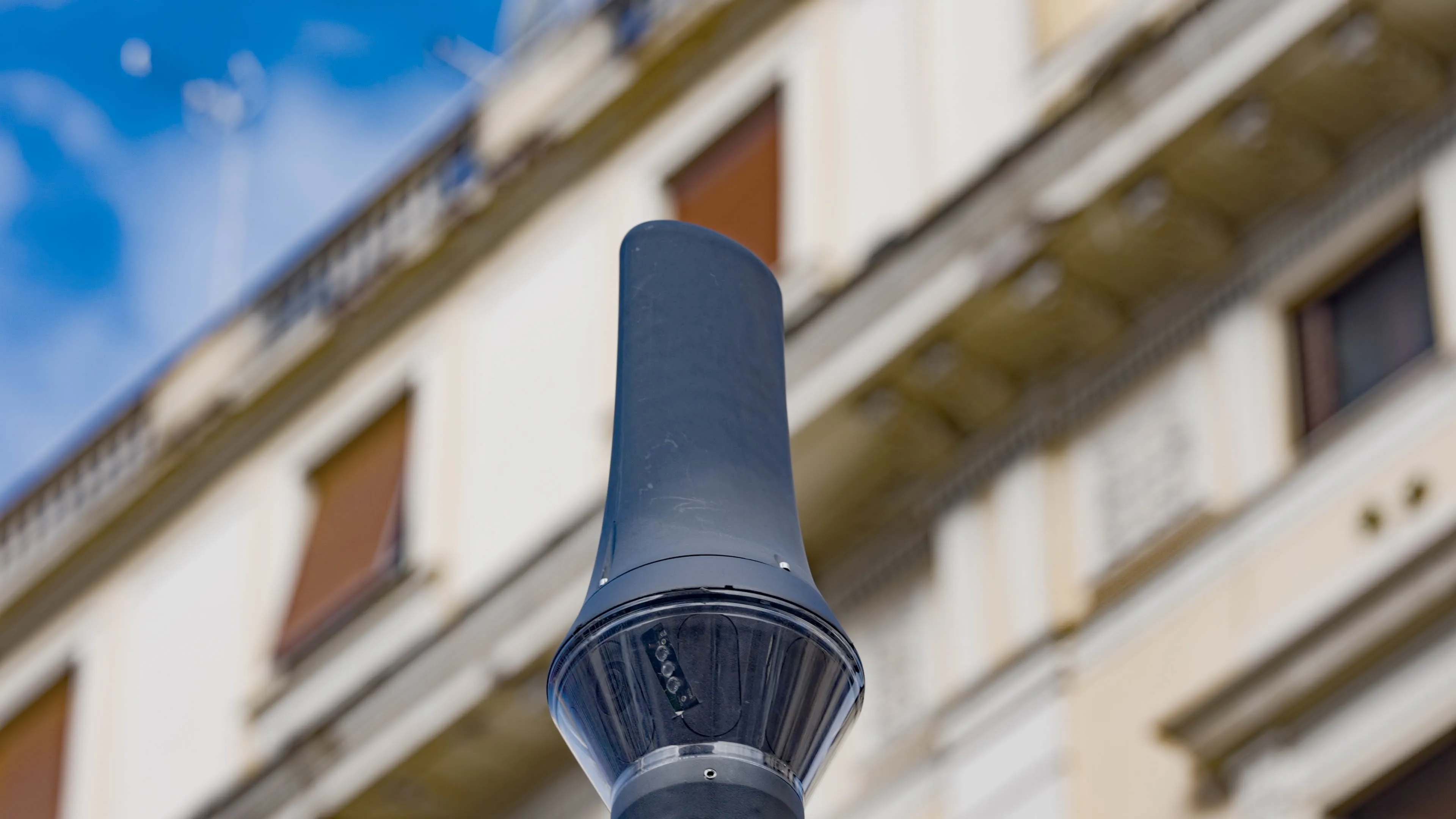
Advances in vision technology are enhancing traffic surveillance and enforcement applications.
Variable lighting conditions have long been a stumbling block for vision technology applications in the transport sector. With applications such as ANPR, the read-rate may vary between daylight and night and can be adversely affected by glare and low sun.
Madrid, Spain-based
The system’s software detects vehicle number plates in the monochrome images and identifies the individual characters using an optical character recognition technique with an artificial neural network. The license plate number and the colour overview are then correlated in real time and transmitted to a control centre.
Images from the monochrome camera, Point Grey’s 1,920 pixel x 1,200 pixel GigE with a Sony Pregius CMOS global shutter sensor and an IR filter, are analysed to determine the license plates. An almost identical 1,920 x 1,200 pixel GigE camera but equipped with a full colour
While the pulsed light overcomes low light conditions, competing against bright sunlight is a very different matter. However, in the IR spectrum the intensity of sunlight varies according to its wavelength, meaning the wavelength chosen to illuminate the traffic scene is an important design consideration.
Traditionally, many ANPR systems have used infrared light in the 880nm wavelength range whereas at 940nm, the intensity of sunlight is about 40% lower than at 880nm. Therefore in order to minimise sunlight interference, Lector decided to illuminate traffic scenes with a custom-built array of pulsed LEDs that operate at 940nm.
There is, however, a trade-off as Gonzalo Garcia Palacios, R&D manager at Lector Vision explains: “When using the higher 940nm wavelength LEDs, the sensitivity of the sensor in the camera is reduced.”
To compensate for this phenomena the control system pulses the LEDs at microsecond intervals to produce an intense strobed IR light that, when reflected from the license plates, can be easily detected by the monochrome camera. By pulsing the LEDs the intensity can be higher than the continuous rating would allow. While the scene is illuminated by the pulsed IR light, the controller triggers the cameras to capture both monochrome and colour images of the traffic.
Both images are then transferred over the GigE interface to Traffic Eye’s embedded quad-core processor where the monochrome image is analysed to determine the characters on the license plates.
Initially the software searches the image for rectangular regions of interest which could be a license plate and these regions are further analysed by detecting discontinuities in brightness in the images to determine the characters’ boundaries. Having located the characters the system then identifies each one using a software-based artificial neural network which has been ‘trained’ by being presented with thousands of examples. The system then uses these examples to infer rules to identify unknown characters from the images captured by Traffic Eye’s monochrome camera. The license plate number and images of the scene (and optionally a GPS time stamp) can be transmitted via cable, optical fibre, GPRS or 4G. Agencies monitoring the traffic flow and enforcing red light violations can view both colour and monochrome images to identify particular vehicles.
Aided in part by the global shutter, the system is said to have proved capable of reading number plates of vehicles travelling at speeds in excess of 200km/h. Lector has now trained the software to identify license plates from more than 40 countries including most countries in South America, South and Central Europe, and Arabic countries including the UEA and Algeria.
At Intertraffic Point Grey announced 3.2 and 5MP CMOS versions of its Blackfly GigE and Chameleon3 USB3 cameras with Sony’s 2nd generation Pregius global shutter sensors. A smaller (3.45µm) pixel size allows more pixels to be packed into a smaller optical format, allowing more compact and lower-cost lenses to be used.










